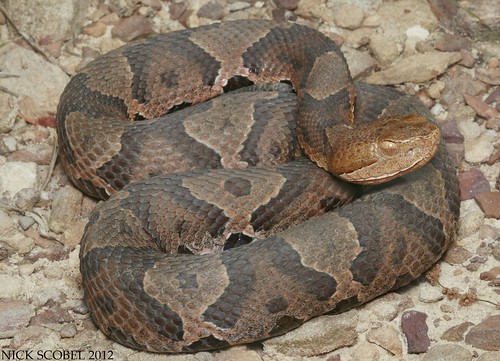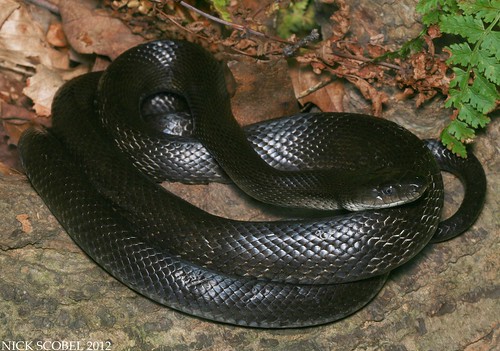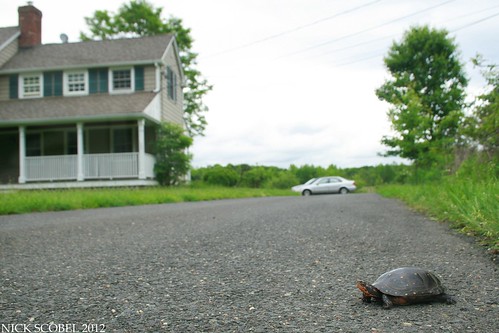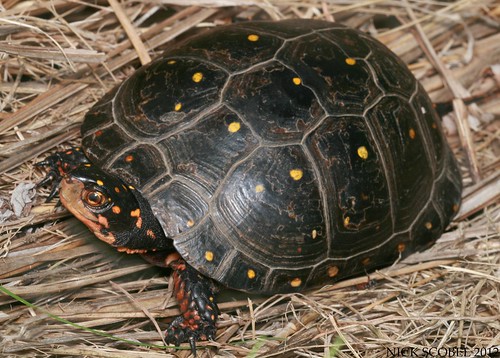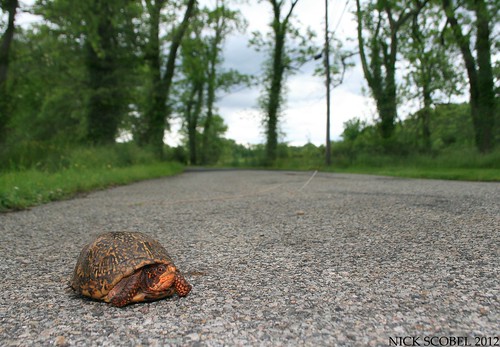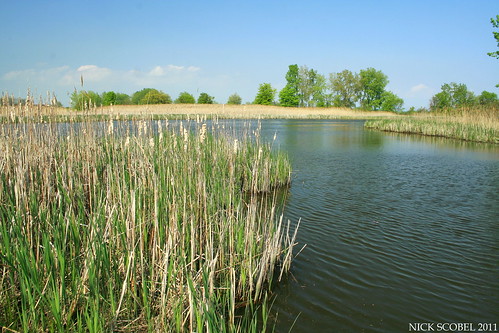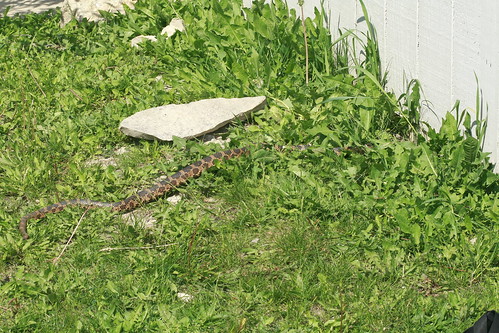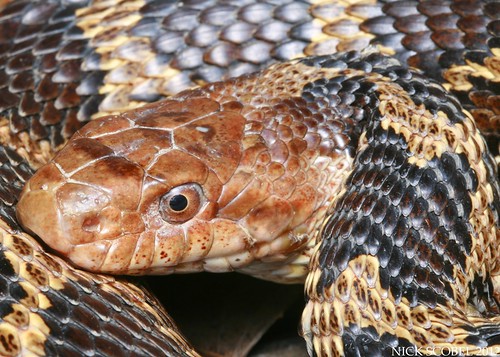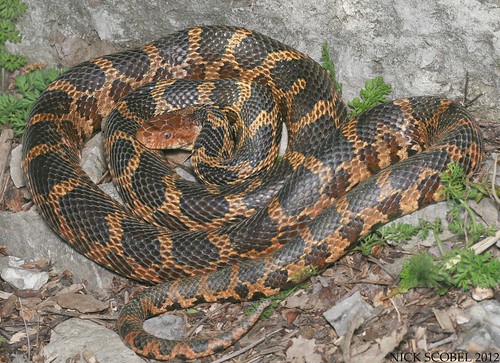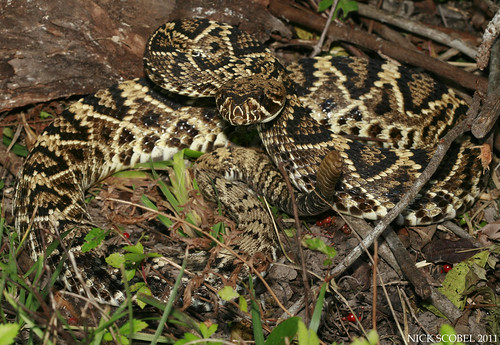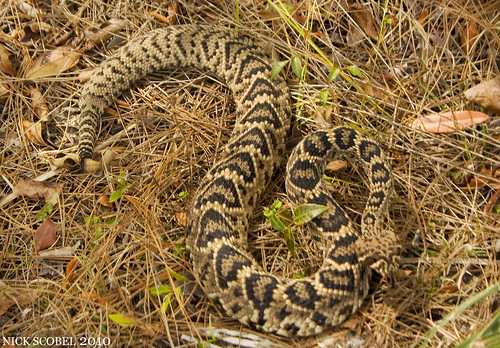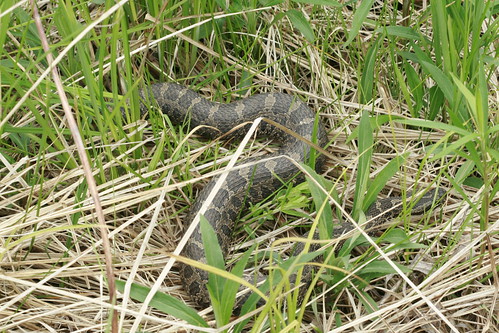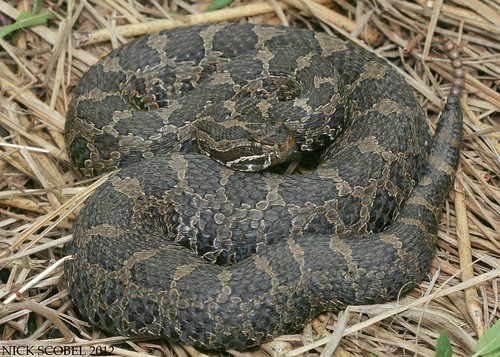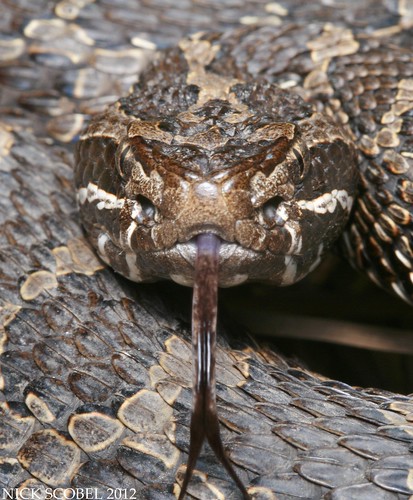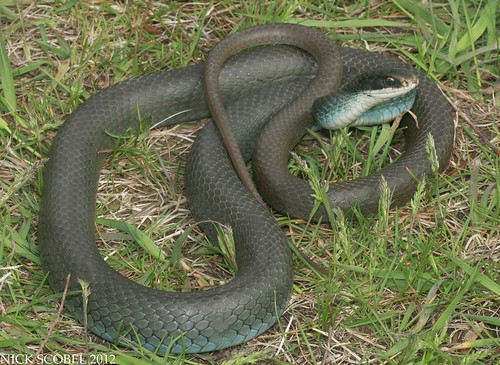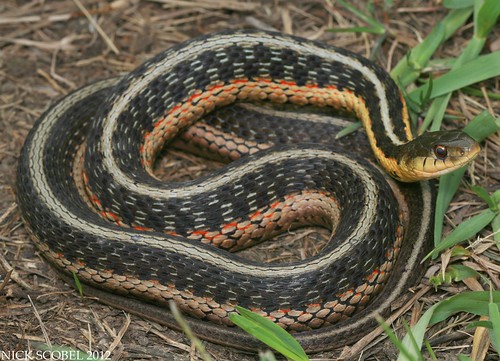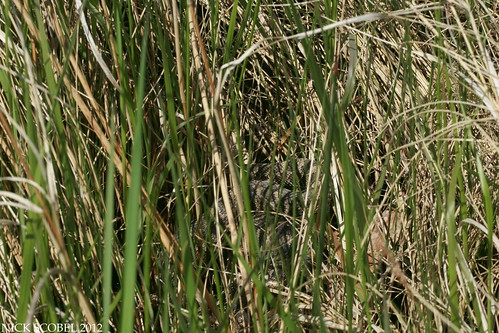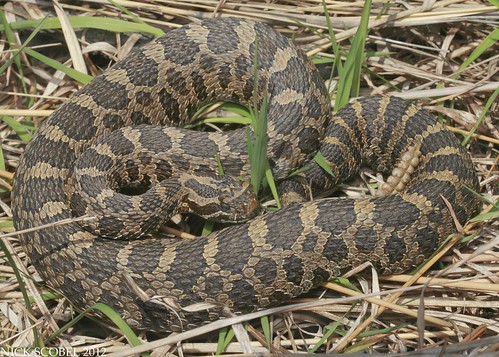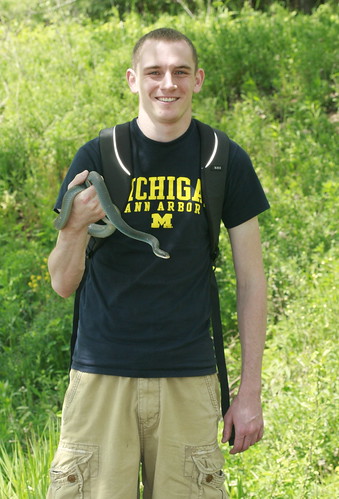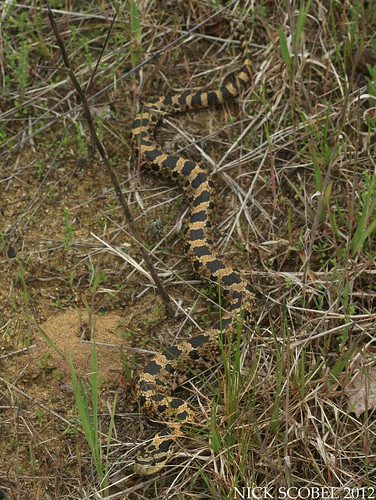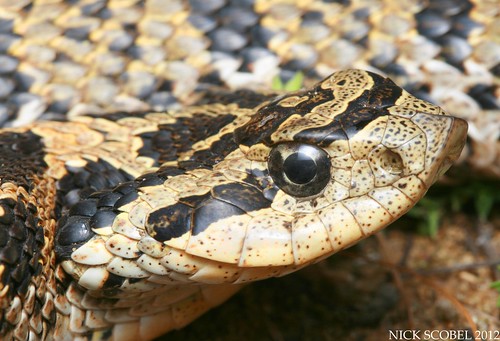Northern Slimy Salamander - Plethodon glutinosus
A sharp and vastly underrated species in my opinion, Northern Slimy Salamanders are one of the most recognizable salamanders in the northeastern United States. Their dark color, white spots, and extremely sticky skin secretions are good field marks for distinguishing this species from anything else. Although the weather was rainy on this particular day, the weather over the weekend was considerably nicer.I made a trek through the mountains and was rewarded with a few finds, one particular snake was a highlight.
Northern Copperhead - Agkistrodon contortrix mokasen
One of my favorite North American vipers, the copperhead is arguably one of the best looking snakes in the region. This individual was found on a rocky ridgetop in the early afternoon near a large boulder pile. Copperheads have a small, restricted range in New Jersey and are only found in a few small ranges in the northern part of the state, so seeing on is always exciting. Not long after, this rat snake was found coming onto the road.
Black Rat Snake - Pantherophis obsoletus
A very common denizen of woodlands in the eastern United States, Black Rat Snakes are excellent predators of small rodents. This species is found throughout most of the state from the mountains in the north to the pinelands of the south. My residence for the summer with the USFWS has its perks, including this female Spotted Turtle that I found crossing my driveway one evening this week.
Spotted Turtle - Clemmys guttata
Spotties are a tough commodity back home in Michigan, but here in the northeast they seem to be locally common. I've seen more than a dozen in the past week either in ponds or on roads. They also seem to be less spotted than our individuals back in Michigan, maybe I'm just biased but I think Michigan spotties are much prettier. There's also a plentiful amount of these guys in the area and they have been abundant ton the roads as well.
Eastern Box Turtles - Terrapene carolina carolina
There may not be a more variable herp species in North America than the Eastern Box Turtle, with the exception of the Eastern Garter Snake. They come in a myriad of colors and patterns and are one of the more charismatic turtle species. But there's one species out here that I'm particularly fond of and have had the privilege to work with. It's a secretive turtle which inhabits places like this.
Wetlands like this boggy fen with ample emergent vegetation are home to the Bog Turtle. A close relative to the Wood Turtle, this species is small and extremely secretive. It requires habitats like this with slow, cold moving water via streams and seepages to survive. They can be found basking atop sedge tussocks or moving about through small meanders in the marshes, like this young male.
This turtle was out in the open on a warm but overcast afternoon. When the sun is out and temperatures rise in the summer months bog turtles often dig themselves into the mud or submerge themselves to keep cool, this makes an already secretive turtle much more difficult to find.
Bog Turtle - Glyptemys muhlenbergii
The dark, sculptured carapace and bright yellowish-orange markings on either side of the neck are good field marks for this turtle. It was once much more widespread across its range but this species has declined drastically due to habitat loss and illegal collection. It is listed as Threatened or Endangered in every state in which it is found and is listed as a Threatened species under the Endangered Species Act. Because of its federal protection by the U.S. Fish & Wildlife Service, bog turtle conservation is a joint effort between the USFWS and state & private agencies such as the NJ Department of Fish & Wildlife and the Nature Conservancy. Because of these joint efforts, the Bog Turtle appears to be doing quite well in its remaining populations and its future is bright. I'm excited to once again work on some great conservation projects with this species here in the northeast.



